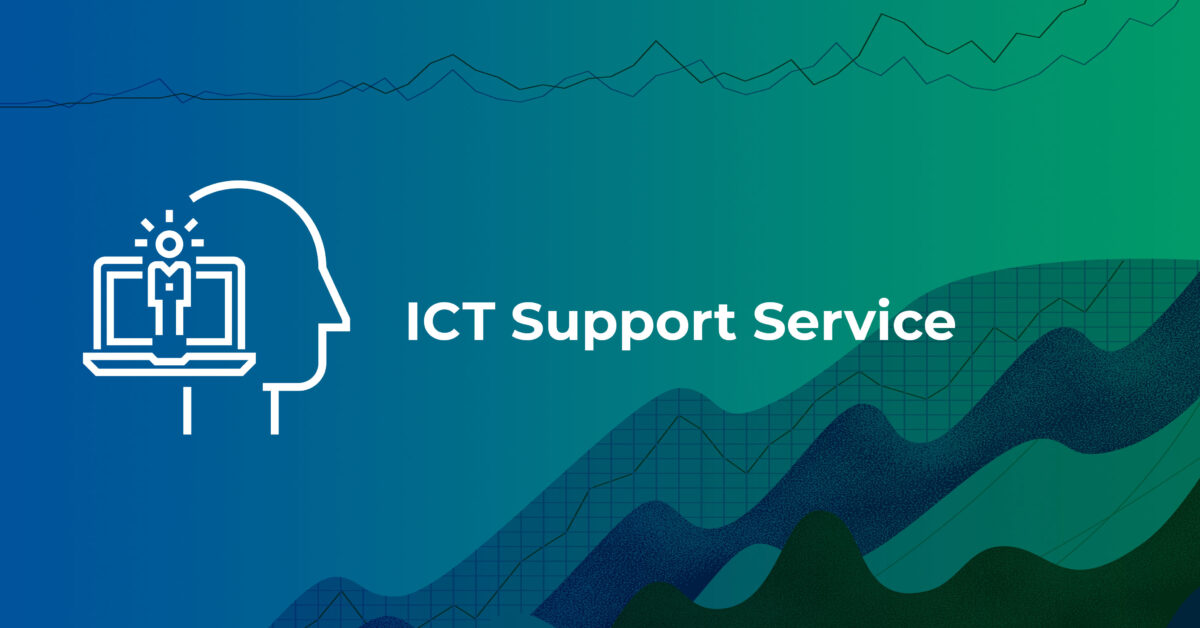Our Remote Learning Forums for teachers during lockdown have highlighted and shared ways our schools are building on their distance learning experiences to support, engage and develop exciting learning back in school. Representatives from over 40 of our schools came together online to discuss, collaborate and reveal their strategies and ideas on how to deliver, and then capture new skills and use them to enhance teaching and learning now we are all back face to face again. The following points are what our teachers have realised and learnt from their blended teaching and what their hopes for their future teaching will include.
Harness the technology and new skills and develop these in class
The intensive and innovative use of digital platforms has seen a huge upskilling of teachers’ IT expertise and dissolved the fear and lack of confidence in many. More teachers have discovered new, exciting ways of teaching and saving time using technology. Using polls, quizzes and video have engaged learners. There has to be a drive to maintain this momentum and build upon it, to really ensure technology is truly utilised in the classroom. One teacher commented “We have grown from being a digitally fearing staff to a digitally excited staff!”. With the Google platform being the most popular, many schools have taken up the Canopy Education Workspace skills tutorials for staff and students. We also offer a special discount for Wandsworth Schools.
Have a return to school plan and strategy
Having a clear and organised ‘back to class map’ was unanimously welcomed by our teachers. A huge discussion point was around the large influx of devices that would be returning to schools and how to be best prepared in utilising these to the benefit of students. There was much talk and vehement opposition around getting back into school and having devices being put away in cupboards! Our teachers were adamant that these new Chromebooks, Winbooks and tablets would be located appropriately close to classrooms, and that they would invest in suitable storage solutions and devise plans to incorporate the devices into all lessons. A number of schools had put forward plans of ensuring all Year 6’s would go 1:1 with devices now, to really surge forward with their new found technology confidence.
Make substantial improvements and dedicated time for Online Safety
There was a huge consensus around the need for embedded and updated online safety resources for schools with the new pressure and increased access to digital learning. Schools have shared their resources, policies and ideas in the City Learning Centre’s collaborative online drive, an area teachers are using to reveal and develop their bespoke ideas and findings. Resources include generic online safety videos for parents, staff and learners, all of which can be branded and used for your own school, in lessons, in your digital classrooms or on your website. The need for appropriate, up to date online safety materials and advice is ongoing and with the huge surge of use and learners being online more often, the need for expert guidance, good quality materials and training was flagged as an area to develop.
Making sure parents and the whole school community are part of the revolution
Learning during lockdown has seen new relationships with parents develop. Teachers have learned more about their students’ lives and learning at home and parents have experienced approaches to teaching and learning. This new rapport and understanding can be nurtured positively to enhance the wider school community. Some schools have harnessed stronger relationships with parents who have become more active in supporting the school, and some even offering time to assist mentoring or school clubs. It has also exposed the awful digital divide in school communities with previously proud and quiet families finally admitting the need for support. The City Learning Centre is working with schools to offer free essential digital skills classes to these families, to ensure true collaborative lifelong learning. Some of these classes will also see families gain a free Chromebook for their home to sustain the learning at home and help bridge the digital divide. Keeping up these new found relationships with parents and supporting them to support their children is seen as a real aim when getting back into the classroom
Continue to share, train and experiment
During lockdown there has been an outstanding camaraderie between schools, teachers and other networks. This sharing ethos and desire to work together was stated as being a positive in the unprecedented circumstances teachers found themselves in. The online learning forums, online training, availability of resources and enthusiasm to offer support and help has been extraordinary, as teachers have been on an incredibly steep learning curve. This solidarity and help-all attitude has been cited as a major factor in teachers’ constant desire to keep going amid increased workload and fears of burnout. Having a central hub and information point like the CLC has supported schools and maintained confidence levels in staff to ensure learners continued to get good quality teaching and schools shared good practice.








